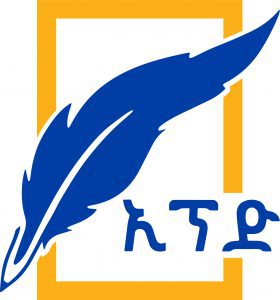
The Grand Ethiopian Renaissance Dam (GERD) emerges as more than just a remarkable engineering achievement; it embodies national pride and serves as a crucial cornerstone for regional collaboration throughout East Africa. As Ethiopia nears the significant occasion of inaugurating this monumental project, it is essential to understand its extensive ramifications on local, regional, and international levels.
Significant advancements have been made regarding the status of the GERD as it nears completion. Once operational, this remarkable structure will hold a staggering 74 billion cubic meters of water, earning its place as the largest hydroelectric power facility in Africa and the seventh largest worldwide. Its primary purpose is the generation of electricity, projected to supply approximately 6,450 megawatts, effectively establishing Ethiopia as a key energy supplier in the region.
Upon its completion, the GERD is expected to act as a catalyst for industrial advancement within Ethiopia and the entire region. The anticipated energy surplus will rejuvenate the domestic economy while enabling Ethiopia to export electricity to partner nations, thus enhancing energy security across the region. Countries like Sudan and Kenya have expressed interest in acquiring excess power, promoting mutual reliance among nations and enhancing stability.
Moreover, the GERD represents Ethiopia’s unwavering dedication to sustainable development. By expertly harnessing the flow of the Blue Nile, the dam strives to minimize dependence on fossil fuels, ensuring affordable energy access for millions. This approach aligns with the country’s trajectory toward an industrialized economy, where continuous electricity supply will be critical for local industries, fostering job creation and elevating living standards.
In terms of ecological and socio-economic benefits, the GERD’s development will create opportunities for the eco-tourism sector, showcasing the breathtaking landscapes and biodiversity along the Nile. As the dam generates clean energy and establishes surrounding recreational areas, it will attract visitors, bolstering local economies while promoting environmental stewardship and natural preservation. This focus on eco-friendly practices will benefit not only Ethiopia but also neighboring nations, encouraging collaborative efforts toward conservation and tourism development.
Additionally, the dam will enhance the fisheries sector, which is crucial for food security in the region. By maintaining appropriate water levels, the GERD will facilitate sustainable fishing practices, directly contributing to food production and providing livelihoods for many families reliant on fishing as a primary source of income. This holistic approach to resource management signifies Ethiopia’s commitment to self-sufficiency and sustainable practices, fostering resilience against challenges.
Ethiopia is aware of the potential tension surrounding the project, particularly among downstream nations. The GERD’s development is particularly vital in the context of regional integration, addressing historical disputes over water management in the Nile Basin. Ethiopian representatives continually emphasize their understanding of the concerns raised by downstream countries like Egypt and Sudan, acknowledging the significance of equitable water distribution.
Abiy’s administration has engaged in extensive diplomatic initiatives to confront these apprehensions, underscoring the necessity of cooperation rather than conflict. It is clear that the GERD is not merely a domestic initiative; it serves as a regional asset, promising shared gains for all stakeholders involved.
Furthermore, the dam is a key solution to chronic energy shortages that have long affected much of East Africa. By tapping into the potential of renewable energy sources, the GERD establishes a new standard for sustainable development that harmonizes ecological conservation with the increasing demands of an expanding population.
The construction of the GERD reflects remarkable national unity, with citizens from diverse backgrounds contributing resources toward this ambitious vision of economic advancement and self-reliance. The dam has united the nation, reinforcing the idea that collective effort can yield transformative changes.
As Ethiopia readies itself for the inauguration of the Grand Ethiopian Renaissance Dam, it stands at a pivotal moment in its history and within the broader context of East African collaboration. The GERD is not just a dam; it represents a bright future, resilience, and the potential arising from shared purpose. By prioritizing regional cooperation and embracing sustainable development, the GERD reshapes the narrative of progress in the Nile basin, paving the way for abundant opportunities for all.
THE ETHIOPIAN HERALD SATURDAY 5 APRIL 2025





